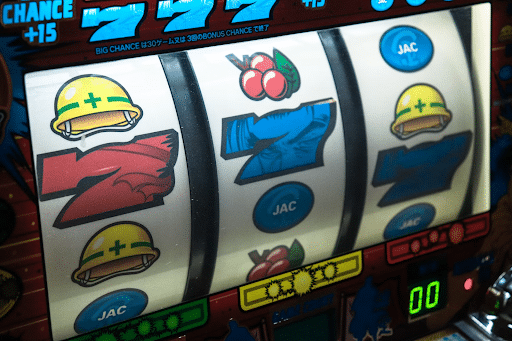In the dazzling world of casinos, slot machines are a staple. With their flashing lights and catchy jingles, they beckon gamblers to take a chance on their elusive jackpots. Whether it’s the classic one-armed bandits or the modern iterations found in FanDuel slot games, the allure remains constant.
Yet, behind the seeming simplicity, there’s a complex mathematical structure underpinning each spin. This blog post peels back the curtain to reveal the math of slot machines and how they ensure that the odds are always tilted in the house’s favor.
The Random Number Generator – The Heart of the Machine
At the core of every modern slot machine is the Random Number Generator (RNG). This computer algorithm generates thousands of random sequences every second, each corresponding to a particular combination of symbols. When you press the spin button, the RNG selects a sequence at that exact moment. The reels spinning are just for show – the outcome is already decided. The RNG is programmed to ensure a fixed edge for the casino, which is why hitting that jackpot is always an improbable event.
Payback Percentage – The Built-in House Edge
Each slot machine has a programmed payback percentage, representing the amount of money the machine is set to return to players over time. For example, a machine with a 90% payback rate will return 90 cents for every dollar wagered in the long term. The remaining 10% goes to the casino, which is the house edge. While the payback percentage varies between machines, it’s never 100%, ensuring the house always has an advantage.
Near Misses – The Psychological Twist
Slot machines are engineered to deliver ‘near misses’ – outcomes that are close to a win but not quite. This psychological trick makes it seem like you’re on the cusp of a big win, enticing further play. However, a near miss has the same mathematical significance as any other loss. The machine’s programming includes these scenarios to create excitement without any increase in the player’s actual odds of winning.
Jackpots and the Illusion of Rarity
Big jackpots are the slot machines’ biggest draw. These are the headline-grabbing numbers that promise life-changing sums of money. However, the math ensures these jackpots are incredibly rare. The odds of hitting the top prize on a slot machine can be in the order of millions to one. They’re similar to lottery odds – enticing enough to inspire dreams but steep enough to preserve the house’s profit margin.
The Role of Volatility
Slot machines also differ in volatility. Some offer frequent small wins, while others offer fewer but larger payouts. High volatility slots have larger house edges but the lure of bigger prizes. The mathematical algorithms that govern these odds are designed to keep players engaged, balancing the entertainment value with the casino’s profitability.
Conclusion
Understanding the math behind slot machines can help demystify their operation and shed light on why they are a losing proposition in the long term. They’re a form of entertainment, like buying a movie ticket or a fair ride. Enjoy the thrill they provide but do so with the awareness of their cost.
Remember, the house doesn’t rely on luck to come out on top – it relies on math. Next time you’re considering a spin, remember that the most predictable thing about slot machines is their unpredictability, designed to benefit their owners. Responsible gambling means enjoying the game while recognizing the odds will always be stacked against you.

